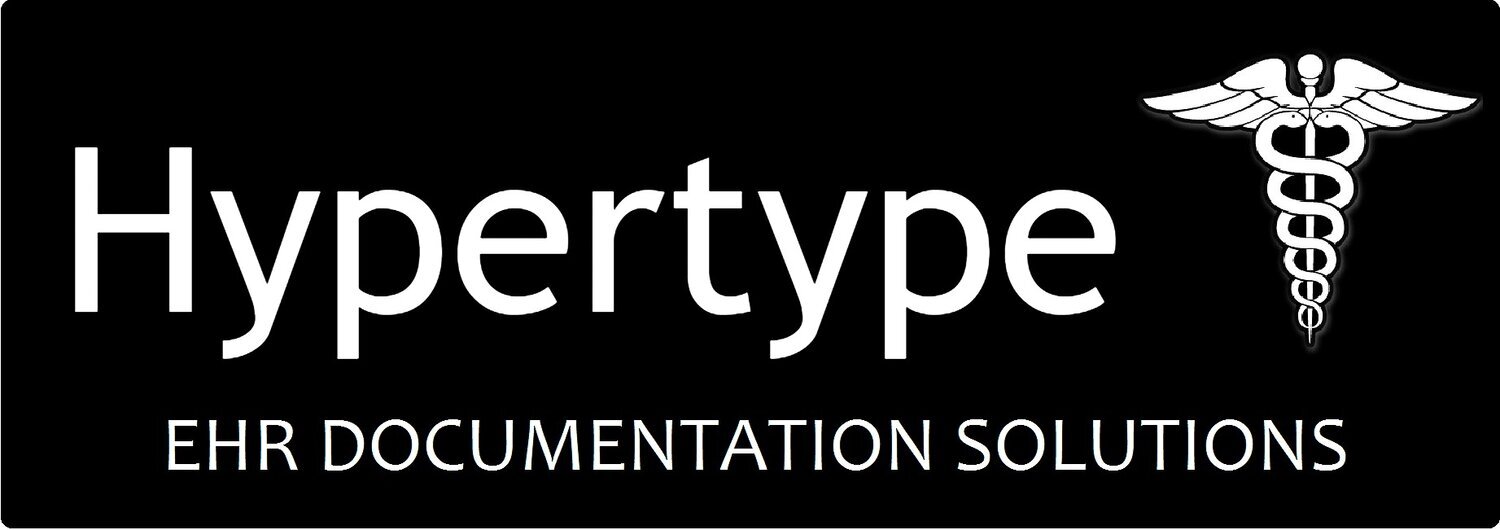It does not matter what size customer you are, or how long we’ve been working together. You can expect clear, honest and understandable billing from Hypertype every time!
Please contact us here if you have any questions or would like to get a complimentary proposal for your business.

Oh Those Lyin’ Lines
Lines, lines, lines, How do I count thee?

Many other transcription services are charging by the line, but few customers actually know what counts as a line! They make line counting confusing by failing to provide clear and transparent information as to how their software actually counts a line. When some are asked the question “What is a line?”, their response is simply “Whatever the software counts”. Here at Hypertype we want our customers to have a full understanding of all charges, at all times.

Here is some clarification.
A little about the lines…
Our software at Hypertype counts a line as the total number of characters divided by the defined net line length in characters. That is, if the defined net line is 65 characters long and there are a total of 1,625 characters on a page, there will be 25 lines on that page. It really is that simple!
Most line counting software programs can be programmed to count in customized ways that are generated by the individual service. Therefore the software can be programmed to count, soft returns, capital letters, system commands, format codes, reveal codes or function keys.
A little about the characters…
So far, so good, but we have not yet defined what counts as a character. In other line counting software the word “The” counts as 4 characters of “keystrokes”. The capital T counts as two, because two keys are required to obtain the capitalization (shift + t). If this word in our example is also underlined it could be counted as up to 6 characters. 4 from our previous example and another 2 for the underlining (one to turn on underline function, and one to turn off). Here at Hypertype our net line counting software would count “The” as 3 characters, this including the capital T and underlining.
Apples to Apples…
In some scenarios we can quote the same “line price” as our competitors, but because we define a line differently we could end up being as much as 20% lower in total cost for the finished product. This underlines the importance of transparency and clarity in pricing. Don’t be fooled by a low $/line price without getting a full definition of what all cost components are and how they occur within your documents.
The “Gross Line” Method
Another type of line definition is the “gross line”. This method counts as a line any line with equal to or in excess of a specified number of characters, usually 5 or 10. Thus if the last line of a paragraph was only the word “product.” and we assume it is on a new line to finish a sentence, it would count as 8 characters including the period at the end. Again in this instance a competitor could be charging for an entire line, whereas here at Hypertype we would count that as 8/65th of a line (assuming we have set the line length to 65 characters).
Soft and Hard Returns
A third way of counting lines would actually increase the gross line example given above, inflating costs even more. This is achieved by counting the total of “hard” and “soft” returns. A “hard return” sometimes referred to as a “paragraph break” is the ending of a line that begins the next line or paragraph. At Hypertype we will NEVER charge for hard returns!
Let’s look at an example exercise.
Step 1.
Open a document in Microsoft® Word, and then type the following sentence:
Now is the time for all good men to come to the aid of the party.
Step 2.
Go to Review Tab at the top of your Microsoft® Word application. Then within the Proofing section of the header ribbon, click Word Count.
Please note, if you have an older version of Microsoft® Word you may not have a Review tab, you can find word count under Tools section. Please click this link for instructions if you have any trouble finding Word Count.
Step 3.
Take a look at the Word Count. You should see the same information in your Microsoft® Word application.
16 Words, 50 Characters (no spaces), 65 Characters (with spaces) and 1 Line
Step 4.
For our last step, go back into the document and use the Enter button on your keyboard to add a return (blank line) and type the word The.
Next hit Enter button again twice to create two returns.
Type The and hit Enter button again twice to create two more returns.
At this point it should look very similar to our example.
Step 5.
Now when we take a look at Word Count, you can see that Microsoft® Word’s counter is showing 18 Words, 56 Characters (no spaces), 71 Characters (with spaces) and 5 lines.
At Hypertype, we would charge 1 line for all of this!
In Summary.
Anyone would be confused in light of the fact that there are so many definitions of a line and so many ways a line count can be manipulated to obtain the final billable line count. The industry is seeing more and more major lawsuits due to customers being misled. We will always hold tight to our billing philosophy and be open and honest about how we compute invoices.
Hypertype sends a batch summary with each transmission of completed work to the facility. This summary itemizes the patient name, physician name, medical record number, date and the individual line count for each patient. In addition we also send monthly billing statements that can be used to reconcile each invoice.
You can see an example of a batch summary in the image in this section.









